eggleman
One of the Regulars
- Messages
- 214
- Location
- Birmingham UK
:second:ed
 Gustin Vintage Heavyweight Sweatshirt - Natural Rainbow Nep - $119 Rugged 14oz cotton that gets better with every wear.
Gustin Vintage Heavyweight Sweatshirt - Natural Rainbow Nep - $119 Rugged 14oz cotton that gets better with every wear.  Grant Stone Diesel Boot Dark Olive Chromexcel - #395 Goodyear welted, Horween Chromexcel, classic good looks.
Grant Stone Diesel Boot Dark Olive Chromexcel - #395 Goodyear welted, Horween Chromexcel, classic good looks.  Himel Bros. - The Ross Mk. 1 Leather Jacket Classic D-pocket motorcycle/aviator style jacket.
Himel Bros. - The Ross Mk. 1 Leather Jacket Classic D-pocket motorcycle/aviator style jacket. Thank you for your comprehensive post Andy.
I continue to disagree with your argument that, because something costs more, it is necessarily and definitely superior. Respectfully, there are countless examples demonstrating otherwise.
You do not address the industry definition which equates full and top grain.
I found the following statement from your post most interesting:
You are obviously implying, if not outright stating, that Goodwear, RealMcCoys, Himel, Freewheelers and Rainbow Country use Shinki HH because it is cheaper than other available leathers ("because that's what's available at their price range" and "full grain . . . [is] more expensive"). Let me state upfront that I have never seen pricing for Shinki HH, nor compared the pricing to other HHs. That said, I have been told that Shinki is, comparatively speaking, considerably more expensive than most other HHs, and among the most expensive HHs available. Therefore, your suggestion that John Chapman, David Himel, RMC, Freewheelers and Rainbow Country selected Shinki "because that's what's available at their price range," and because other leathers are "more expensive," is not consistent with my admittedly limited knowledge of HH pricing (and I fully concede that you are more knowledgeable than I).
Separately, John Chapman, David Himel, RMC and Freewheelers have never struck me as manufacturers who cut corners and incorporate inferior materials in order to save a buck. To the contrary, as has been documented by numerous sources, including the recent interview of JC, John Chapman, David Himel, RMC and Freewheelers are all perfectionists that strive to incorporate the finest available materials into their jackets. Frankly, I suspect these manufacturers would be less than pleased to read your assertion that they selected Shinki simply "because that's what's available at their price range," and because other leathers are "more expensive."
Does anyone happen to know the pricing for Shinki vs. Victory/Liberty/Warhorse?
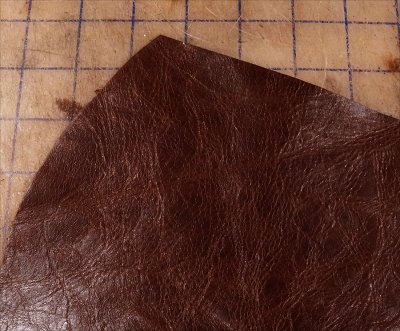
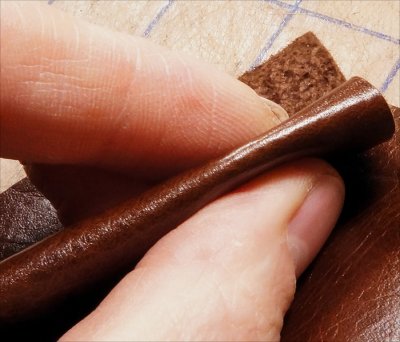
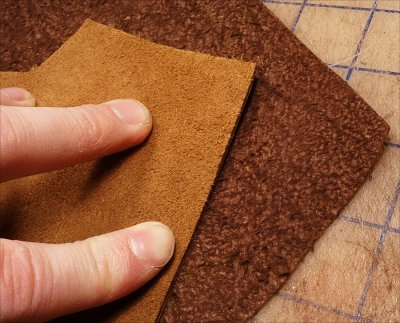
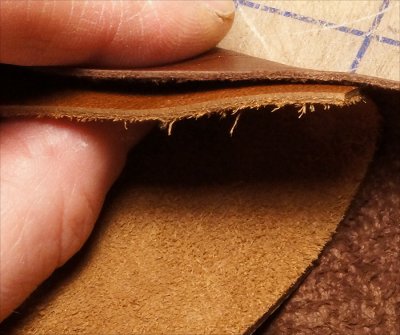
People seem to read randomly and often respond like they are free associating.



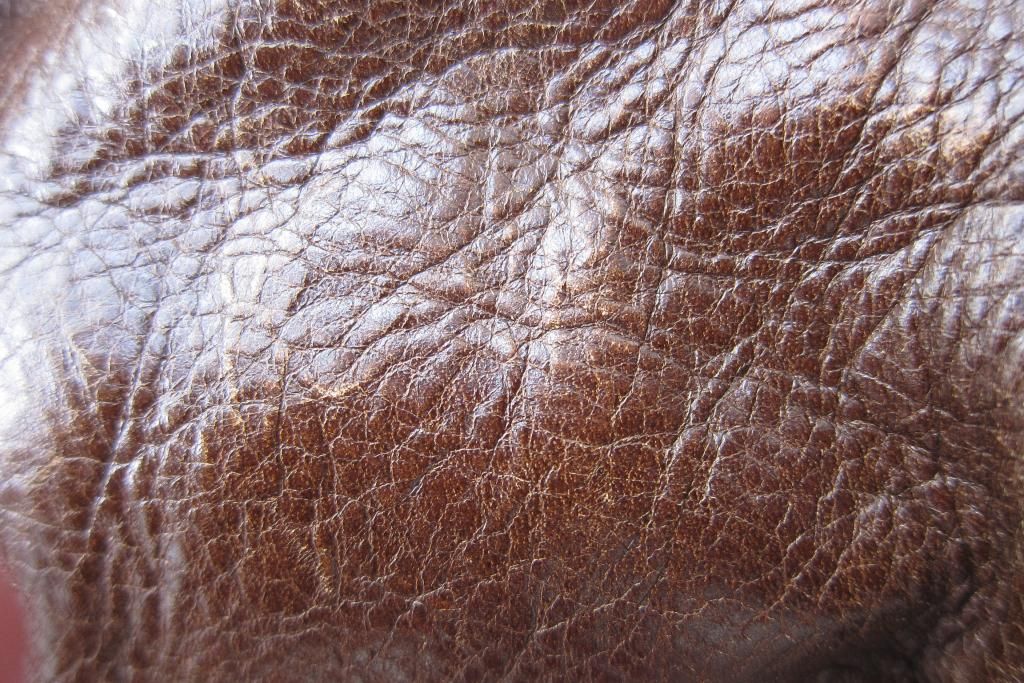
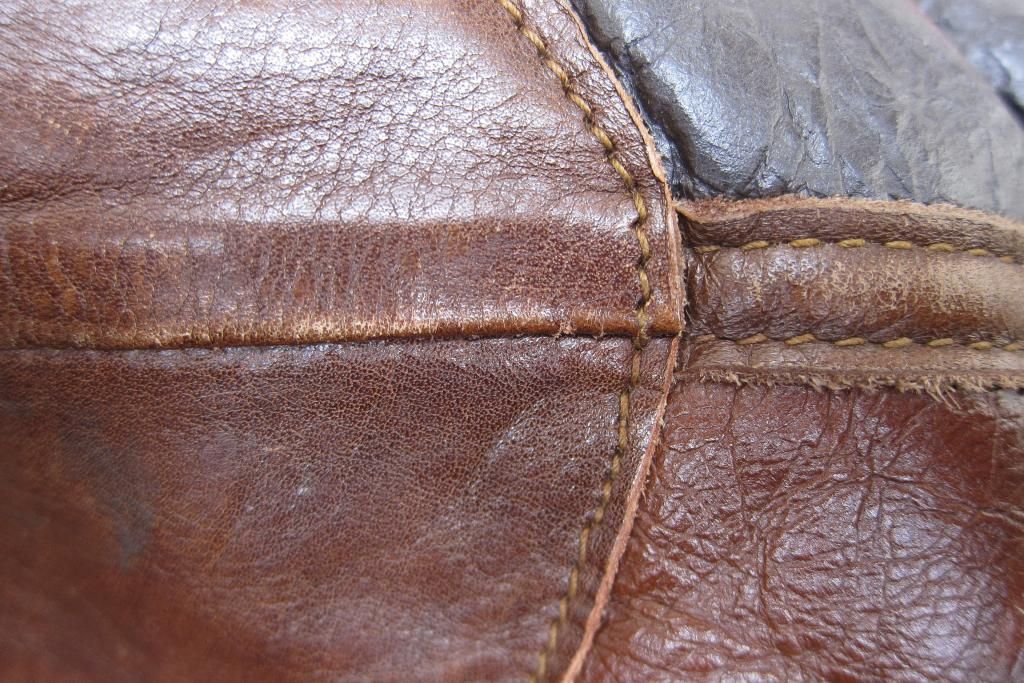
This is a really interesting discussion. And all the pictures and commentary are really helpful.
That said, I'd like to hear more about what makes full grain better.
All commodities have "use value" and "exchange value". Are they related? Of course. Are they perfectly correlated? Absolutely not.
Thus far we've heard that full grain has a higher exchange value than top grain.
But, at least from my reading, I've yet to see any statement alluding to what makes full grain more "useful" than top grain.
HPALapdog - it's a bit unfair to say that the thread was closed because someone contradicted my knowledge. The owners of TFL offered me an affiliate thread, which I declined, and I would imagine they aren't particularly happy with me for that. Do you think they're now closing threads because someone doesn't agree with me? Are you sure?
I'm more afraid that this thread will be closed because I sound like a commercial than because someone doesn't agree with me. TFL tries to keep the commercial spam to a minimum.
And you mentioned that you had a G&F M-422s with crisp, thinner leather that you were sure was veg-tanned. I have a rack full of vintage Navy jackets, all of which are made with dense, stiff goatskin. All are well-worn, and range from 1940-1955, and they're all stiff, except the beaten down Monarch M-422 that I have, which is soaked in conditioner from the last owner. I have owned several literally brand new Navy jackets, one from the box, and it was very soft, as were all the others. I had a brand new Werber 7823 G-1...totally butter soft. I just sold a Werber G-1 that was in rough, used, but wearable condition, and it was stiff, hard, and felt like veg-tanned leather. I think goatskin ages and can get stiff, especially if it's 70 years old. Look at the photos of Navy jackets in the blog "Naval Pilot Overseas" and you'll see what they jackets draped like when new. Tey were comfortable and looked relatively soft, not stiff and flat. I don't think veg-tanned goatskin was commonly used in WWII and certainly not after. Brand new jackets out of the box and jackets that were severely used can have some very interesting differences...even if it "looks new", but left its box in 1943.
Just the same, I'm not an expert, and don't claim to know more than other people. I do have the luxury of seeing documentation, and the luxury of handling a few originals that have exhibited many different traits. That's all I can offer.
Let's say for example you are looking for wedding rings and there's white gold and platinum. Both are metal, both will do exactly the same job, both are durable etc. But platinum will cost you extra. If you find that more "useful" you pay for it and get it.
Let's say for example you are looking for wedding rings and there's white gold and platinum. Both are metal, both will do exactly the same job, both are durable etc. But platinum will cost you extra. If you find that more "useful" you pay for it and get it.
BK started as a modest jacket maker, but to speed up its way up decided to use full grain only to have an advantage since most others were using top grain.
Oh..of course...